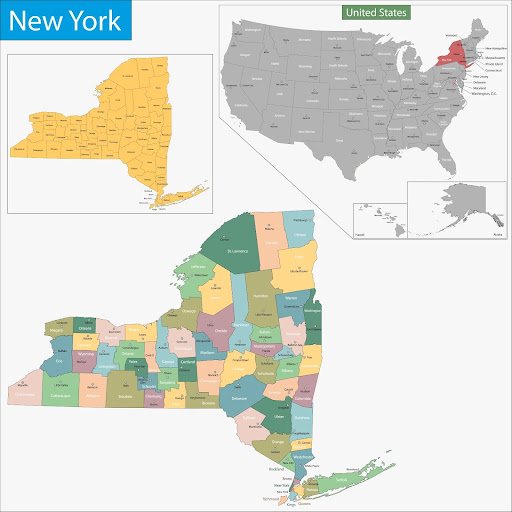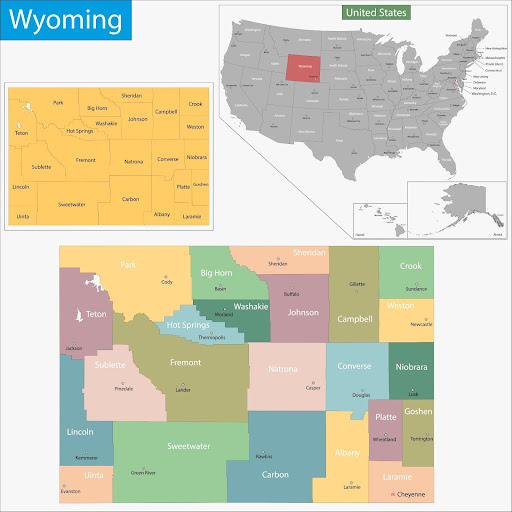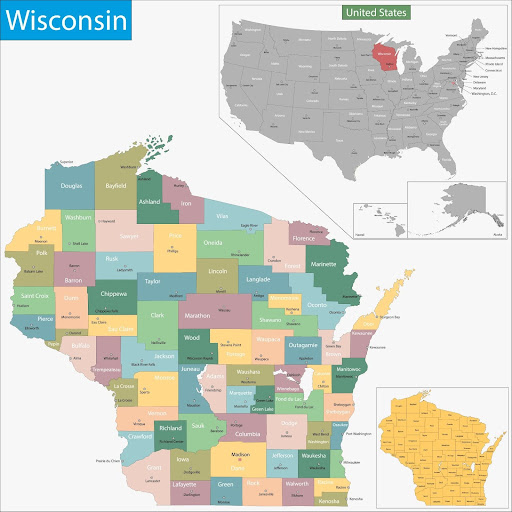Table of Contents
New York might not top the list when most people think of wildfire states, but for fire investigators, that’s exactly why it demands attention. Hidden behind the skyline and the city lights are thousands of square miles of fire-prone terrain: pine barrens that can ignite like fuse wire, hardwood forests layered with leaf litter, and suburban neighborhoods creeping ever deeper into the woods.
This guide on wildland fire resources in New York is built for the real work. You’ll find the tools, contacts, and training resources you need right here. In New York, it’s not just about knowing the fire; it’s about knowing the system behind it.
To zoom out from local detail, use our wildland firefighting resources.
Live Incident Updates & Maps
Stay alert with this New York-specific and regional wildfire monitoring tool:
State Overview
New York may not scream “wildfire state,” but it’s more fire-prone than most people realize. With a mix of urban density and rural sprawl, New York’s fire landscape is shaped by its topography, legacy agriculture, and a steadily growing wildland-urban interface.
- Adirondack & Catskill Forests: Vast wilderness areas with mixed hardwoods, pine stands, and rugged access. Fire behavior here is often slow-moving but persistent; holdovers and creeping ground fires are common.
- Hudson Valley & Finger Lakes: Leaf litter, seasonal debris burns, and recreational use spark many human-caused ignitions.
- Long Island Pine Barrens: One of the most fire-prone regions in the Northeast. This ecosystem evolved with fire and can burn hot and fast in spring and summer.
- Western Plateau & Southern Tier: Old farmland, oil leases, and open fields see seasonal grassfires, often wind-driven.
- WUI Zones: From suburban Albany to isolated lake communities in the North Country, development into forested areas is rising, and with it, the complexity of fire origin scenes.
Wildfire Season Timeline
New York’s fire season doesn’t span the whole year, but it hits hard during a few critical windows:
- Early Spring (March–May): Peak fire season. Snowmelt exposes dry leaf litter and cured fuels before green-up occurs. This is prime time for debris burns gone wrong and accidental ignitions.
- Summer (July–August): Sporadic lightning fires occur, mostly in the Adirondacks and western highlands. Dry stretches following thunderstorms are key triggers.
- Fall (October–November): As leaves drop and humidity dips, late-season burns flare up. Campfires, equipment sparks, and illegal burns are common ignition sources.
Key State Agencies Involved
- New York State Department of Environmental Conservation (DEC): The primary agency responsible for wildfire suppression, investigation, and prevention across the state. DEC Rangers and Forest Protection staff investigate the origin and cause, particularly in forest preserve lands and state parks.
- Office of Fire Prevention and Control (OFPC): Provides fire training and equipment grants, and supports incident coordination for structure-adjacent or WUI events. OFPC investigators may be called in when structural damage is involved.
- New York State Forest Rangers: Sworn law enforcement officers and trained wildland firefighters. Forest Rangers conduct fire investigations across DEC-managed lands and lead suppression efforts on wildfires outside municipal jurisdiction.
- Volunteer Fire Assistance (VFA) Program: Managed by DEC and funded by the USFS, this program equips and trains rural departments for wildland readiness.
Local Wildland Firefighting Resources
Most of New York’s initial attack is shouldered by a combination of local volunteer fire departments and DEC Forest Rangers. Investigators may coordinate with these first responders for early ignition reports, access to suppression logs, and preservation of fire scene perimeters.
List of Local/State/Federal Fire Response Agencies
- New York DEC Forest Rangers: Highly trained wildland fire professionals with both suppression and investigative authority. Rangers manage remote incidents, issue burn permits, and document fire cause and origin on state lands.
- Local Volunteer Fire Departments (VFDs): Over 1,700 VFDs cover the state—many are first on scene for debris fires, brush burns, and WUI events. Some rural departments receive wildland-specific training and equipment through VFA grants.
- County Fire Coordinators: Coordinate inter-agency communication, mutual aid, and often facilitate unified command in larger fires. Investigators may rely on them to access reports or identify key initial attack contacts.
- Office of Emergency Management (OEM): Activated during large-scale or prolonged wildland incidents. OEM helps deploy resources and can assist with fire scene logistics, especially in multi-agency scenarios.
- U.S. Forest Service (USFS) & Federal Partners: While New York has limited federal forest land, USFS supports training and aerial suppression assets when requested. Federal guidelines (NWCG) apply during cross-state or Type 2/Type 3 team deployments.
Contact Numbers and Emergency Links
- To Report a Wildfire: Dial 911
- DEC Forest Rangers Dispatch: 1-833-697-7264 (RANGERS)
- NY Wildfire Info & Burn Ban Alerts: https://www.dec.ny.gov/lands/42524.html
- Northeast Coordination Center: 207-827-2658 | https://gacc.nifc.gov/necc
Training & Volunteering
New York offers multiple tracks for wildland fire training through DEC, OFPC, and federal partners. NWCG-aligned courses are available to agency staff, volunteers, and aspiring investigators.
NWCG-Approved Academies and Centers
Volunteer and Seasonal Training Opportunities
- DEC Fire Warden Program: Local fire wardens are trained and deputized by DEC to assist with fire detection, burn permits, and scene documentation.
- Volunteer Fire Assistance Grants: DEC and USFS fund gear, PPE, and training for eligible rural fire departments. Departments can request funds to build wildland capacity.
- Seasonal Wildland Firefighter Crews: Each spring, DEC trains temporary crews to assist with suppression and prescribed burns. These positions often provide foundational experience for future investigators.
Stay Informed on New York’s Wildland Fire Landscape
New York is a dynamic patchwork of fire-prone ecosystems, each with its own risks. The window may be shorter than in Western states, but the fires here are no less complex.
Fire investigators must stay ahead of shifting fuel loads, changing burn regulations, and increasing public recreation across remote lands. That means being more than reactive, keeping tabs on policy, refining your scene documentation workflow, and building relationships with forest rangers, fire wardens, and local VFDs.
FAQs
How do I report a wildfire in New York?
Call 911 immediately. For suspicious fires on state land, contact DEC Forest Rangers at 1-833-NYS-RANGERS.
Who investigates wildfires in New York?
DEC Forest Rangers take the lead on state lands. Local fire departments and OFPC may conduct cause determination in WUI areas or when structures are involved.
Can I burn brush or debris on my property?
Only with local permission and outside the statewide burn ban window (typically March 16 – May 14). Check with your town or county fire warden and confirm with DEC’s current burn ban status online.










